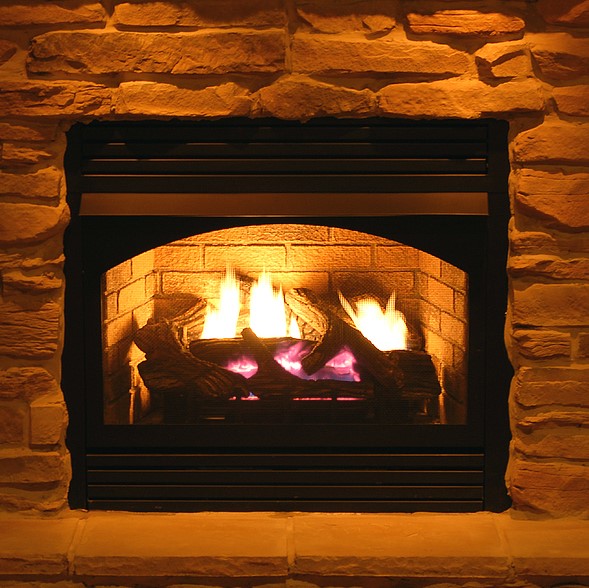 Traditional wood-burning fireplaces are an excellent addition to any home, but they have one major downside: inefficiency. Most of the heat goes up the chimney, and that’s one of the reasons why many homeowners consider switching to a gas fireplace. In the past, converting from wood-burning to gas fuel was an expensive process. However, fuel inserts make it easy to switch from wood fuel to gas.
Traditional wood-burning fireplaces are an excellent addition to any home, but they have one major downside: inefficiency. Most of the heat goes up the chimney, and that’s one of the reasons why many homeowners consider switching to a gas fireplace. In the past, converting from wood-burning to gas fuel was an expensive process. However, fuel inserts make it easy to switch from wood fuel to gas.
What are Fireplace Inserts?
A fireplace insert is a self-contained heating appliance made of steel or cast iron that fits into an existing masonry fireplace. The significant advantage of inserts is its closed combustion system, which increases its efficiency and minimizes heat loss. They are available in both natural gas and propane models.
Electronic Ignition
Gas fireplace inserts use an electronic ignition system to light the fire. It’s as simple as flipping a switch. Many models also have a remote control allowing the user to ignite the fireplace and control the flames without getting off the couch. Other features include automatic timers and thermostat controls.
Types of Gas Fireplace Inserts
There are essentially two main types of gas fireplace inserts: vent-free and direct vent. Vent-free inserts are just like the name suggests — they do not require a chimney or vent to release combustion byproducts to the outside. On the other hand, a direct vent fireplace insert requires a vent to draw in oxygen and release combustion gases externally.
The type of gas insert to choose also depends on your preferences and needs because each has its advantages and disadvantages. For instance, a direct vent fireplace insert generates more heat, has a more realistic flame experience, and produces much fewer emissions than a traditional fireplace. However, it requires a chimney or external vent to operate.
On the other hand, vent-free inserts are more flexible because it doesn’t require a chimney or vent. They can be installed practically anywhere in the home, even inside a fireplace with an inoperable chimney. However, they produce less heat than a direct-vent insert. Although considered safe, vent-free inserts release a small amount of emissions into the living space.
 Why Convert Your Traditional Fireplace to Gas?
Why Convert Your Traditional Fireplace to Gas?
Gas fireplace inserts significantly increase energy efficiency and reduce heat loss. Traditional fireplaces have a heating efficiency of around 20% – 30%, which means they lose up to 80% of the heat they generate. Gas inserts are much more efficient, with 80% – 98% heating efficiency. Gas fireplace inserts also burn cleaner, have less waste, and are more convenient to operate with a switch or remote control. They also eliminate the hard work of sourcing firewood. They also produce very little smoke and creosote, making them safer to operate and easier to clean and maintain.
Ready to make the switch from wood fuel to gas fuel? We have a large selection of gas fireplace inserts in many aesthetically pleasing styles and sizes to meet your home heating needs. Contact us to schedule a free in-home estimate.



